|

|
LINE-PERFORATED FINGERPRINTSBy David B. Escott No. 9 in the Perforation Fingerprints Series
A detailed investigation into the line-perforated separation of the Victorian postage stamps of Great Britain Published 2024 Line-Perforated Fingerprints, Size A4, hardback, 308 pages, colour throughout Retail price £65 plus postage & packing To order please email |
|||||||||
REVERSE-SHEET-FEED (RSF) PERFORATIONSBy David B. Escott No. 8 in the Perforation Fingerprints Series
This book deals with the subject of Reverse-Sheet-Feed Perforation (RSF) which can be described as the opposing direction of perforation feed to that which is considered the normal or most prevalent direction. The occurrence of stamps perforated RSF ranges from being scarce to exceedingly rare. The book puts on record all the known details surrounding British Victorian stamps perforated by RSF, and can be considered a foundation work on the subject. Published 2023 Reverse-Sheet-Feed (RSF) Perforations, Size A4, softback, 240 pages in colour Retail price £35 plus postage & packing To order please email |
|||||||||
WING MARGIN PERFORATIONSBy David B. Escott No. 7 in the Perforation Fingerprints Series
This book aims to be a complete and detailed examination of the surface-printed wing margin stamps of Great Britain. Generally in philately the perforation characteristics present on a stamp can determine whether the perforations are genuine or fake. An exception to this is the perforation on many wing margin stamps, where the wing margins have been either fully removed and not re-perforated, partly removed and not re-perforated, fully removed and re-perforated, or improved in other ways. This book enables the collector to understand and identify these varieties in most cases. Published 2021 Wing Margin Perforations, Size A4, hardback, 320 pages in colour Retail price £65 plus postage & packing To order please email |
|||||||||
VICTORIAN MIXED-FRANKING COVERSBy Ray Simpson & Karl Louis
The first 60 years of British postage stamp development involved extensive technical and administrative changes, the story of which is illuminated by mixed-franking covers. For the first time, comprehensive listings are provided of more than 1,200 mixed-franking covers, almost 400 of which are illustrated. From 1840 to about 1880 the data are drawn primarily from Karl Louis’ renowned card index. Karl has drawn on his extensive professional expertise to provide valuation factors based on historical catalogue prices to provide a basis for valuing mixed frankings relative to catalogue prices for single stamps on cover. Published 2020 Victorian Mixed-Franking Covers, Size A4, hardback, 288 pages Retail price £75 plus postage & packing: UK £4; Europe £12; USA £28; rest of world £19 To order please email |
|||||||||
ARCHER'S SECOND ROULETTE FINGERPRINTBy David B. Escott No. 6 in the Perforation Fingerprints Series
This book highlights the results of detailed analytical studies into the roulette-type straight-cut edge characteristics expected to have been transposed onto the edges of line-engraved postage stamps of Great Britain from a device described as ‘Archer’s second machine’. Although there is very little evidence that any postage stamps were ever rouletted on this machine, this book presents a fascinating insight into what they would probably look like if they do exist. Published 2020 Archer's Second Roulette Fingerprint, Size A4, softback, 157 pages Retail price £25 plus postage & packing To order please email |
|||||||||
ARCHER'S FIRST ROULETTE FINGERPRINTBy David B. Escott No. 5 in the Perforation Fingerprints Series
This book is intended for those who have a keen interest in perforation analysis. It is a guide to determining the status of the straight-cut rouletted edges found on line-engraved postage stamps, and is intended for the philatelist who wishes to expand his or her knowledge of analytical philately by studying this aspect of stamp separation. As Archer’s first roulette fingerprint is now mapped, the book will enable rouletted stamps from Plates 70 and 71 (known currently or presented in the future) and stamps from other plates with similar roulette characteristics to have their separation status determined by measurement and data compliance (as opposed to opinion). An appendix gives the reader step-by-step instructions for the procedures necessary to analyse rouletted stamps using readily available equipment. Published 2019 Archer's First Roulette Fingerprint, Size A4, softback, 230 pages Retail price £35 plus postage & packing To order please email |
|||||||||
TREASURY ROULETTE FINGERPRINTSBy David B. Escott No. 4 in the Perforation Fingerprints Series
This book is intended for those who have a keen interest in perforation analysis. It is a guide to determining the status of the serpentine cut edges on Great Britain line-engraved postage stamps known as ‘Treasury Roulettes’. The subject matter of this book is a key element in expertising these stamps. Published 2019 Treasury Roulette Fingerprints, Size A4, softback, 230 pages Retail price £35 plus postage & packing To order please email |
|||||||||
GENUINE & FAKE PERFORATIONSBy David B. Escott No. 3 in the Perforation Fingerprints Series
This book is intended for those who have a keen interest in perforation analysis. It is a guide to determining the ‘perforation status’ of the line-engraved stamps of Great Britain which were perforated on the Napier machines. It provides a foundation to the subject, and focuses on demonstrations of analytical procedures involving the visual comparison of perforation characteristics. Essentially, the book identifies the perforation characteristics that differentiate between genuine and fake perforations. It also catalogues genuine and fake perforation varieties, and gives many examples of the four categories of perforation status, i.e. Genuine, Fake, Non-compliant, and Non-determinable. The subject matter of this book is a key element in expertising the perforations of these stamps. Published 2018 Genuine & Fake Perforations, Size A4, hardback, 320 pages Retail price £40 plus postage & packing To order please email |
|||||||||
LOOKING AT OLD LEGAL DOCUMENTSBy Harry Dagnall A GUIDE FOR LOCAL HISTORIANS, GENEALOGISTS AND COLLECTORS OF REVENUE STAMPS
Published 2017 Looking at Old Legal Documents, Size 240 x 170 mm, soft cover, 48 pages Retail price £10 plus postage & packing To order please email |
|||||||||
ARCHER PERFORATION FINGERPRINTSBy David B. Escott A GUIDE TO IDENTIFYING THE WILKINSON & HILL PERFORATION VARIETIES COLLECTIVELY KNOWN AS ‘ARCHER TRIAL PERFORATIONS’ No. 2 in the Perforation Fingerprints Series
This book is a practical guide to enable the collector and dealer to identify Archer-perforated stamps without specialised measuring equipment. Published 2015 Archer Perforation Fingerprints, Size A4, soft cover, 157 pages Retail price £35 plus postage & packing To order please email |
|||||||||
PERFORATION FINGERPRINTSBy David B. Escott No. 1 in the Perforation Fingerprints Series
With 320 pages in colour, this study is a guide to measuring, analysing and identifying the perforations of fiscal and postage stamps, and includes major new research into the ‘Archer’ perforated stamps of Great Britain. The subject of ‘perforation fingerprints’ is complex but has significant implications for the identification of stamps with rare perforations, and for the detection of fakes and forgeries. The author has spent many years developing and refining his techniques, and the time has come to make his researches available to a wider audience. Published 2014 Perforation Fingerprints, Size A4, hardback, 320 pages Retail price £75 plus postage & packing To order please email |
|||||||||
CHALMERS versus HILLBy Anthony Wicks The saga that rocked the Victorian philatelic world
Even today, some postal historians and authorities believe that James Chalmers from Dundee was the inventor of the adhesive postage stamp. This misinformed fact is almost entirely due to the industry and fanatical devotion of his son, Patrick Chalmers, in the 1880s. This book relates the extraordinary story of that achievement, in one of the most celebrated philatelic debates ever conducted in the United Kingdom. Published December 2012 Chalmers versus Hill, Size 170 x 240 mm, hardback, ix + 156 pp. + A10 Retail price £35 plus postage & packing To order please email |
|||||||||
Encyclopaedia of
|
|||||||||
Twopence Blue Plating Guidecompiled by Mike Jackson with a section on the Repairs to Plates 3 and 4 by Robin Cassell
This book will enable the collector to identify the plate of most Twopence Blue stamps printed from the first six plates, i.e. those stamps with stars in the upper corners (from Plate 7 onwards the stamps had letters in all four corners, and the plate number was engraved on each stamp). To complement the 240 pages of plating photographs, Robin Cassell has written a fully-illustrated chapter on the repaired states of Plates 3 and 4. Published 2010 Size A5, soft covers, vi + 256 + A25 pages Retail price £25 plus postage & packing To order please email Corrections (17 June 2011) to the Twopence Blue Plating Guide Download |
|||||||||
King Edward VII One Penny Manualby Terry Pusterla
This study is one of the most comprehensive of its type ever published. Over the past 35 years, the author has examined an estimated 2·5 million used King Edward VII 1d stamps. This has led to the studies presented in this work: Pin Varieties; Retouched Varieties; General Flaws; and Cracked Units.The book is copiously illustrated throughout, and will enable collectors to identify most of the varieties on their own stamps. Published 2009 Size A4, soft covers, x + 210 + xii pages Retail price £35 plus postage & packing To order please email |
|||||||||
Encyclopaedia of
|
|||||||||
Encyclopaedia of
|
|||||||||
THE DUBLIN FINDBy Don Madden and Karl Louis * * GOLD MEDAL—CHICAGOPEX 2009 * *A tale of intrigue and secret stamp dealing by the Post Office at the very beginning of the 20th century; and a modern investigation into where the stamps may have ended up.
‘I am a great believer in documents contemporary to the events being described . . . This can be clearly seen here in Don Madden’s account of the history of the “find” . . . An excellent study based on very extensive research . . . Karl Louis’s reconstructions of the material from subsequent sales of broken down sheets is a remarkable achievement’—DOUGLAS MUIR, Curator, Philately, British Postal Museum & Archive In 1899, various stamps and postal stationery dating from the 1840s were apparently found at the Dublin and Edinburgh post offices, and possibly London as well. Leading officials in the Post Office decided to try to obtain as much money for these as they could on the philatelic market, but instead of openly admitting who was actually selling the material, they arranged for Post Office employees to sell the stamps at auction under their own names! Part 1 of this book, written by Don Madden, examines the background to the Dublin Find; Part 2, by Karl Louis, investigates what has happened to the stamps since their discovery. Published 2006 Size A4, soft covers, v+45 pages Retail price £15 plus postage & packing To order please email |
|||||||||
MAY DATESBy Mike Jackson * * WINNER OF TWO GOLD MEDALS IN 2001 * *A survey of Penny Blacks, Twopenny Blues, Mulreadys and Caricatures used during May 1840.
This hardback book provides a unique reference to more than 840 covers used in Great Britain during the first month of the postage stamp. Included in the lists are known provenances and hundreds of auction realisations. With 334 pages and more than 750 illustrations it is the most comprehensive work of its kind ever published. Also included are notes on the distribution of stamps and details of the postmarks found on these covers. For the penny values, covers used up to and including 10 May 1840 are listed; for the twopenny values, adhesive and Mulready combination covers, and caricatures, all May dates are listed. Published 1999 OUT OF PRINT (Retail price was £40) |
|||||||||
PENNY RED STARS - DIE II, ALPHABET III |
|||||||||
CONTACTMike Jackson Tel: +44 (0)1664 859199 E-mail: |
|||||||||
Links |
|||||||||
|
|

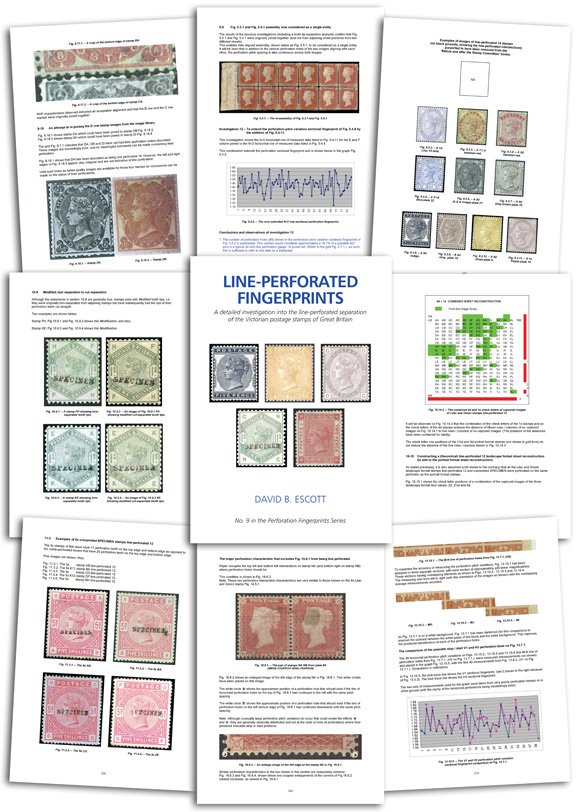
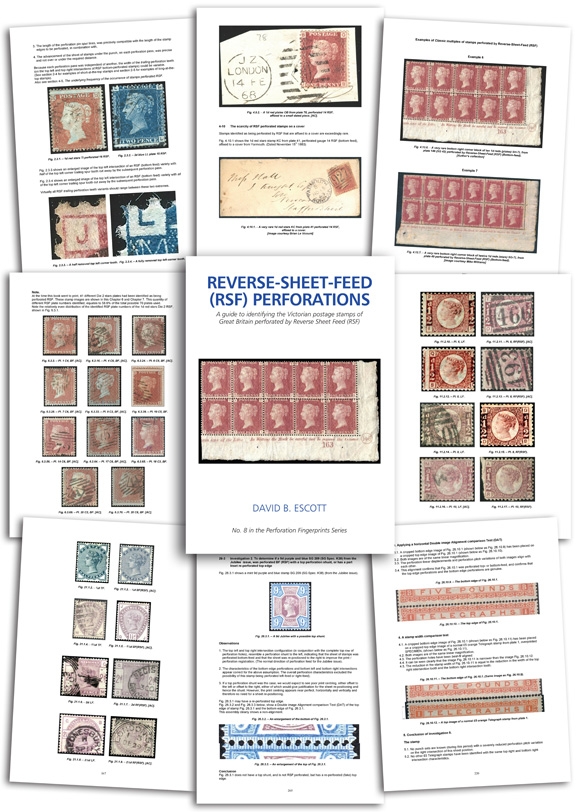
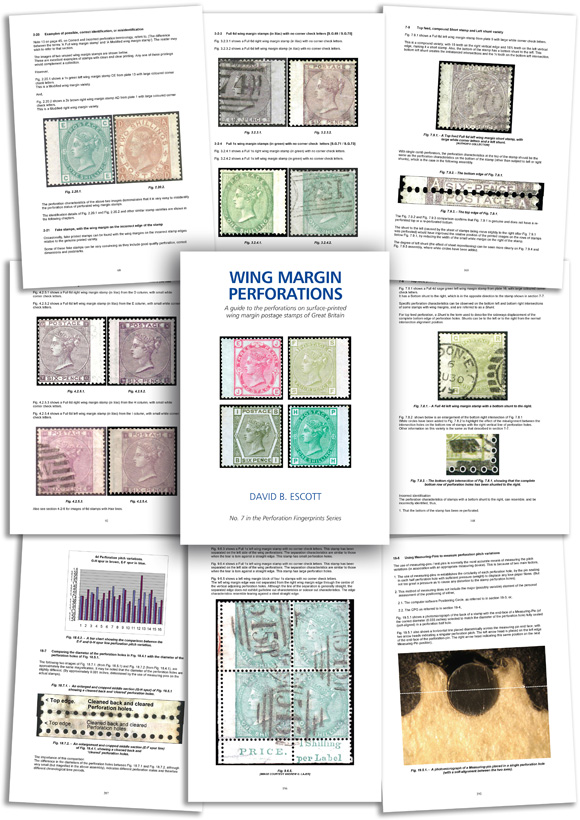
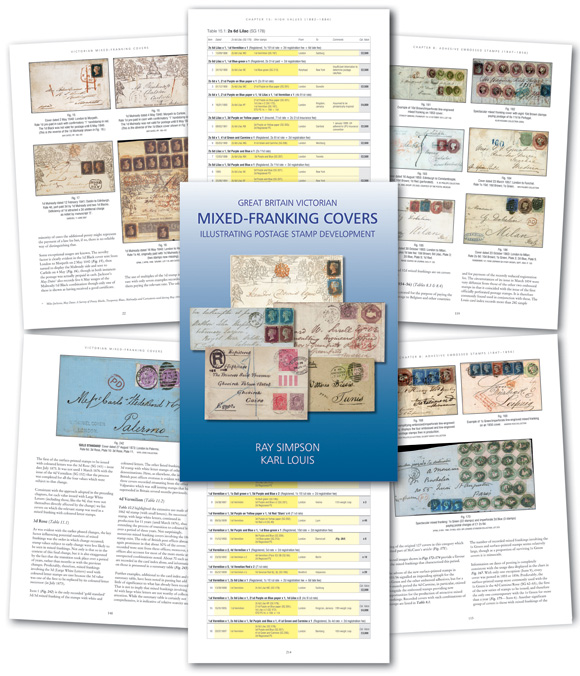
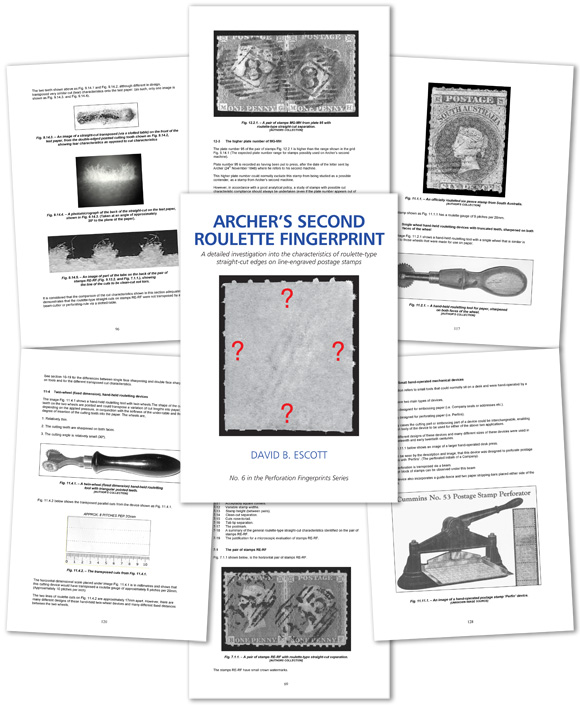
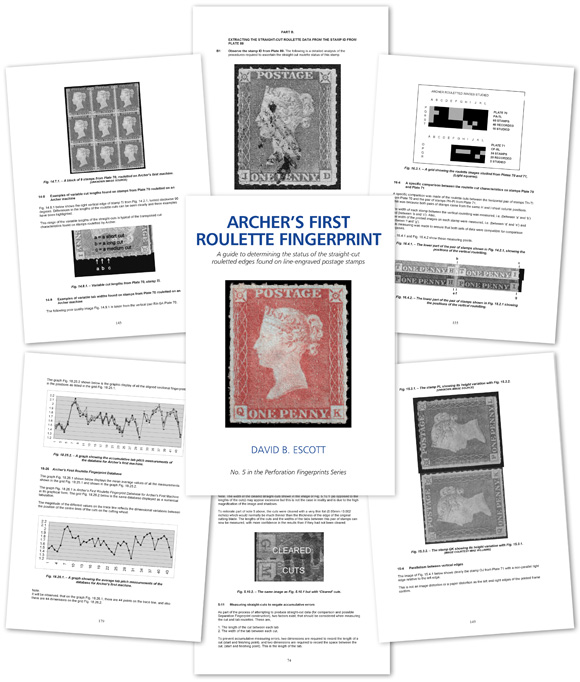
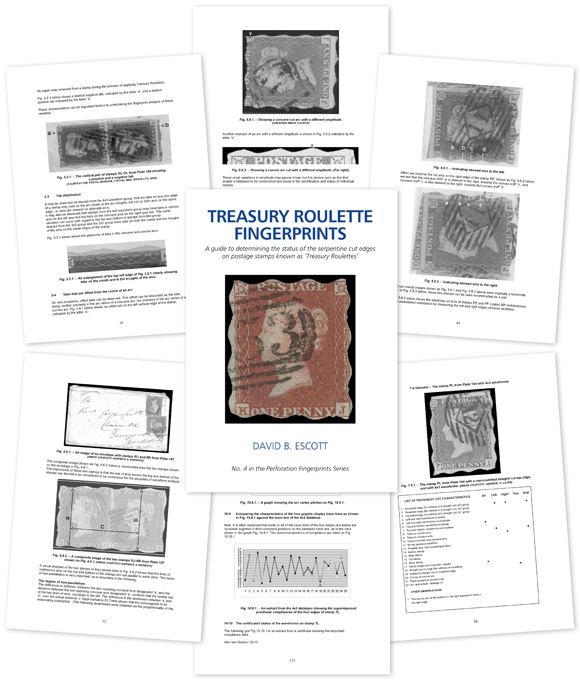

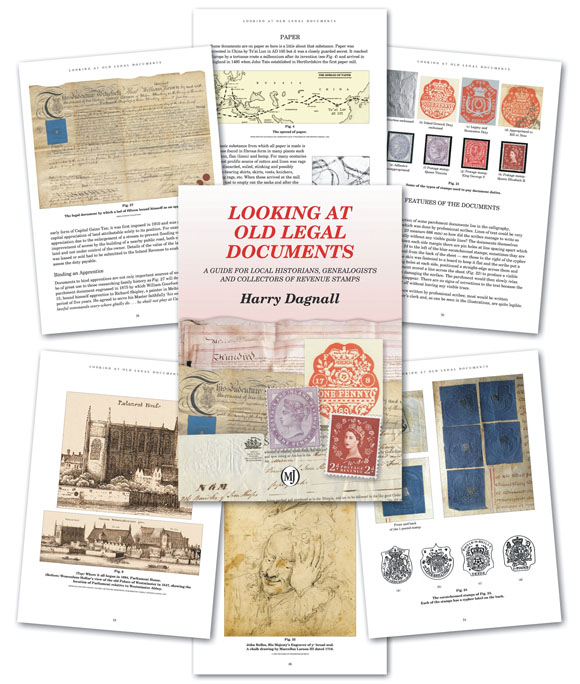
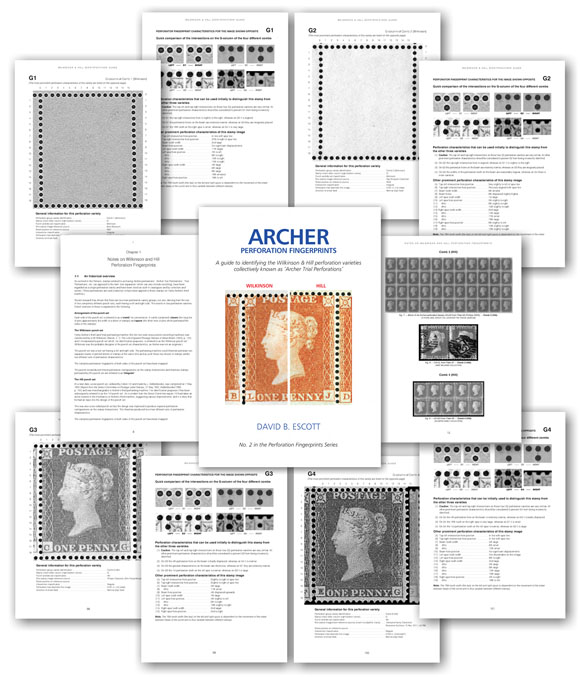

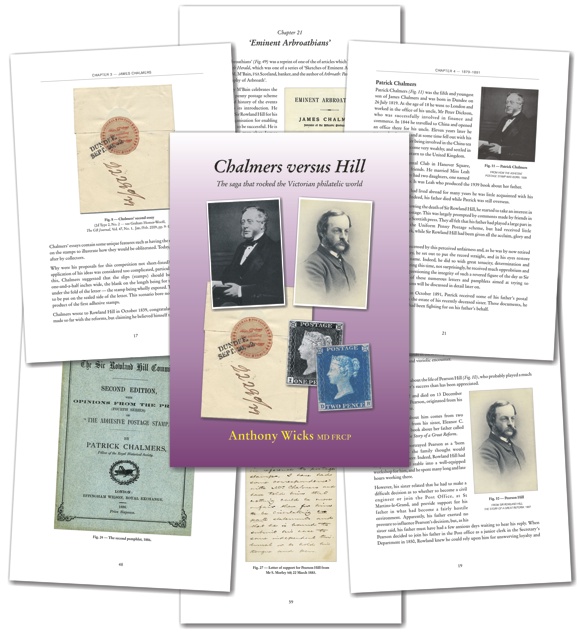
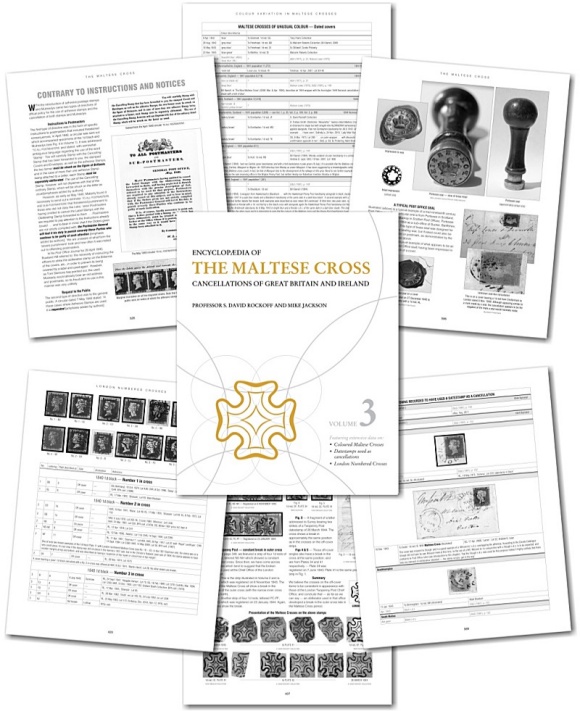
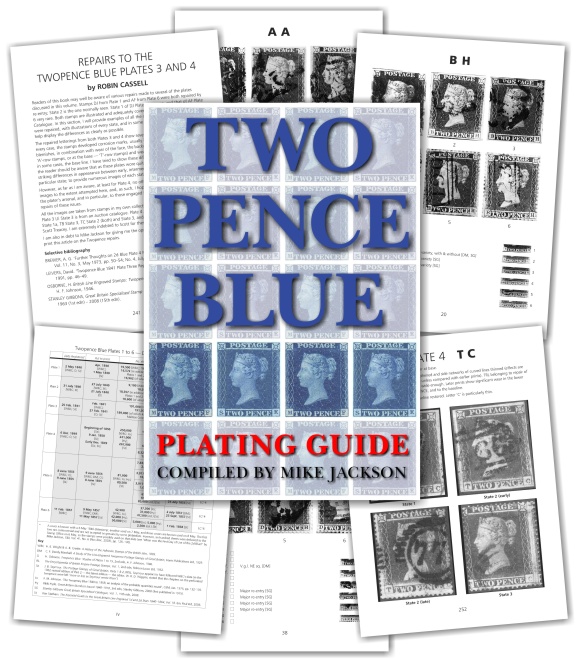
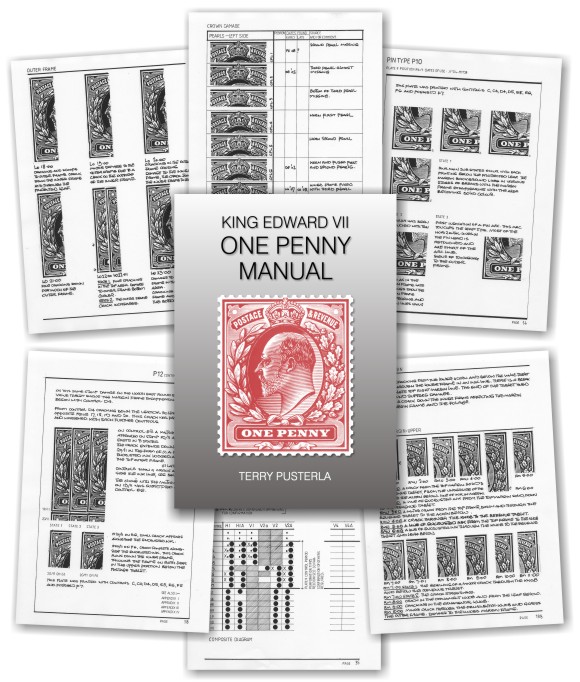
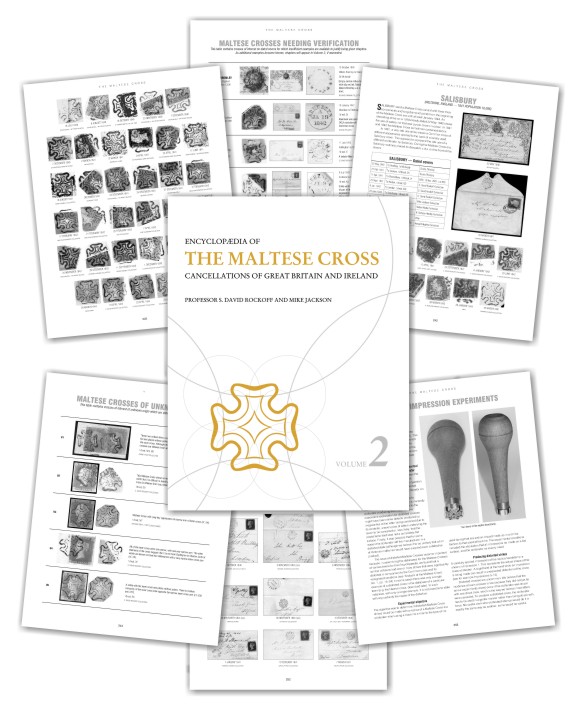





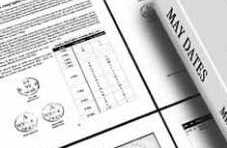
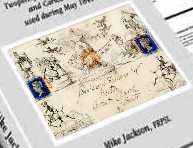
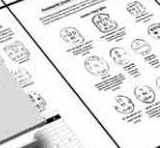
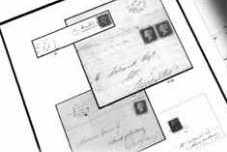
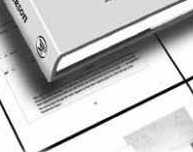
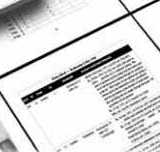
 Notes and Aids to Plating
Notes and Aids to Plating